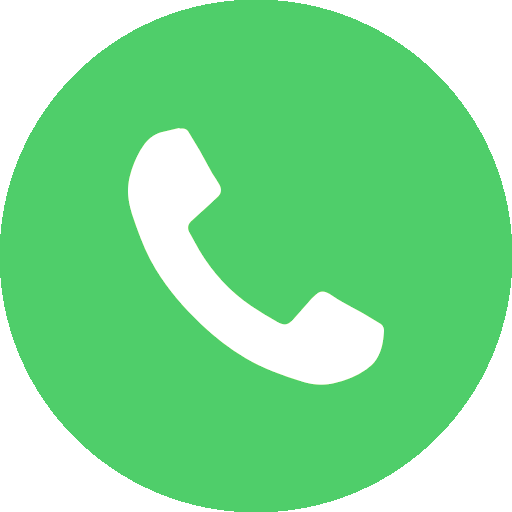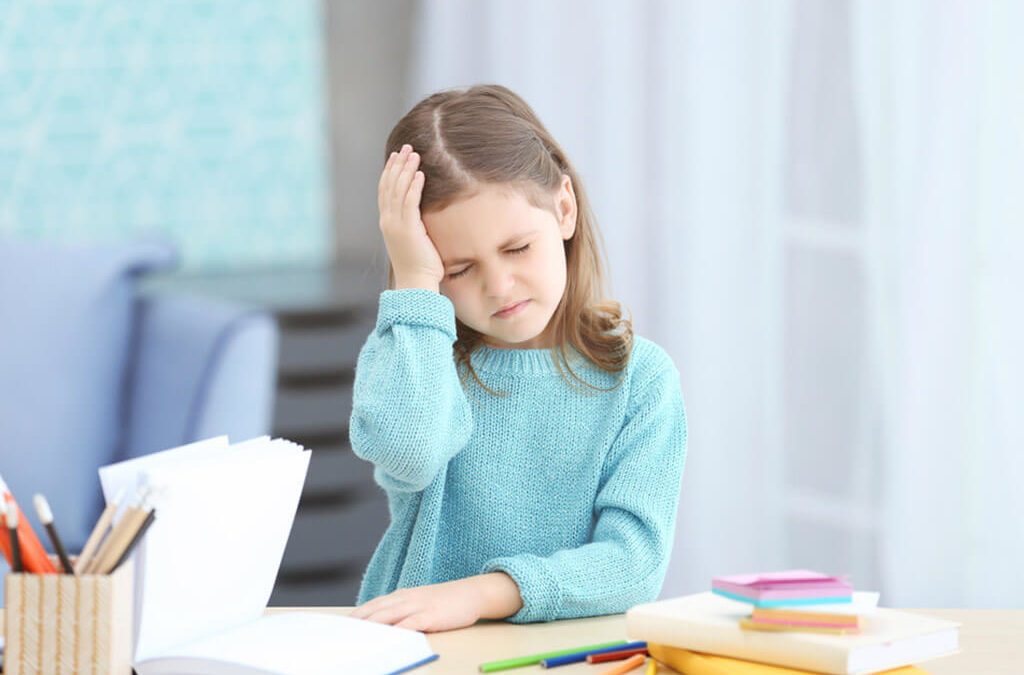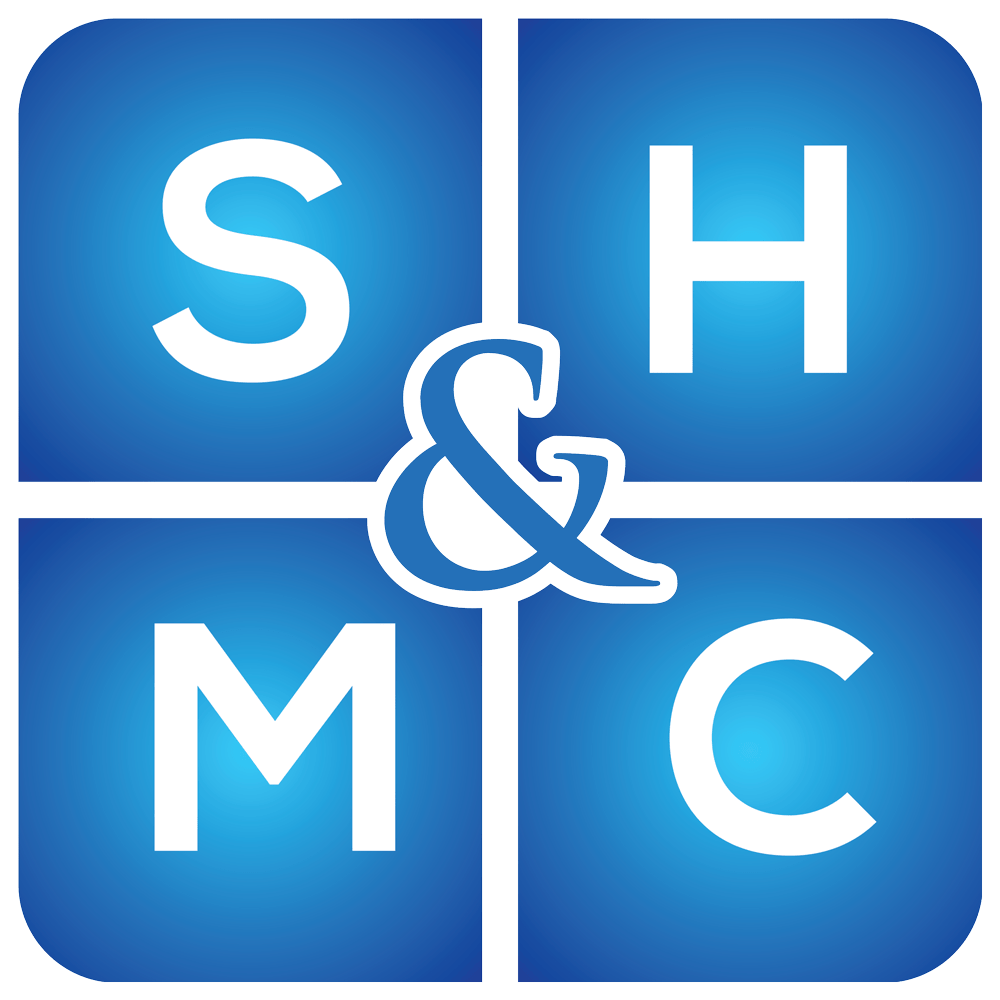While most migraineurs will develop their symptoms later in life, children have been known to suffer migraines or even vestibular issues such as vertigo. In fact, migraine headaches frequently occur in the pediatric population, with a prevalence of 3% in children 2-7 years of age, increasing to 4-11% in children 7-11 years of age and 8-23% in children 11 years of age and older. [1]
For many children, their migraines will present similarly to an adult, however, one difference is that children will often suffer from “abdominal migraines”.
Rather than having the usual head pain as well as various associated symptoms characteristic of migraines, an abdominal migraine will usually present with moderate to severe abdominal pain, around the midline of the stomach, or around the belly button. They can be accompanied by nausea, vomiting, becoming pale or flushed, fatigue or loss of appetite. If a child is experiencing any of these symptoms and they cannot be explained by a more conventional gastrointestinal issue, then it may be an abdominal migraine.
Interestingly, some studies are finding evidence that most childhood abdominal migraines are a precursor to more typical migraines later in life [2]. So, if your child is experiencing these symptoms, medical intervention is advised, because it is likely to develop into some form of migraine as they mature.
Just like adults, if a child is complaining of more typical migraine symptoms, that cannot be otherwise explained, then they may be experiencing a migraine. These symptoms include…
- Head pain
- Neck pain
- Nausea
- Vertigo or dizziness
- Sensitivity to light, sound or smells
- Visual changes
- Difficulty thinking
- Undue fatigue
Treatment for children suffering migraines is more difficult compared to adults, for several reasons.
Firstly, children can be unreliable in their reporting of pain or what they are feeling, which makes it difficult to diagnose.
Secondly, some stronger migraine medications have been found to be ineffective or unsafe for children, meaning alternative remedies are more commonly used. [3]
If your child is experiencing migraines, some relief can be gained by
- Removing outside triggers such as light, noise, smells
- Resting
- Breathing Techniques
- Application of heat (hot shower) or cold (ice packs)
- Appropriate medication under the direction of your doctor
- Seeking medical intervention
At the Brisbane Headache and Migraine Clinic, we specialise in the diagnosis and treatment of migraines in children as well as adults. Our treatment is drug-free and non-invasive, making it ideal for kids. So, if your child is suffering from what you think is a migraine, please don’t hesitate to bring them in, for a comprehensive assessment and treatment today!
References
- Eiland, L. S., & Hunt, M. O. (2010). The use of triptans for pediatric migraines. Pediatric Drugs, 12(6), 379-389.
- Dignan, F., Abu-Arafeh, I., & Russell, G. (2001). The prognosis of childhood abdominal migraine. Archives of disease in childhood, 84(5), 415-418.
- Lewis, D., Ashwal, S., Hershey, A. O., Hirtz, D., Yonker, M., & Silberstein, S. (2004). Practice parameter: pharmacological treatment of migraine headache in children and adolescents: report of the American Academy of Neurology Quality Standards Subcommittee and the Practice Committee of the Child Neurology Society. Neurology, 63(12), 2215-2224.






